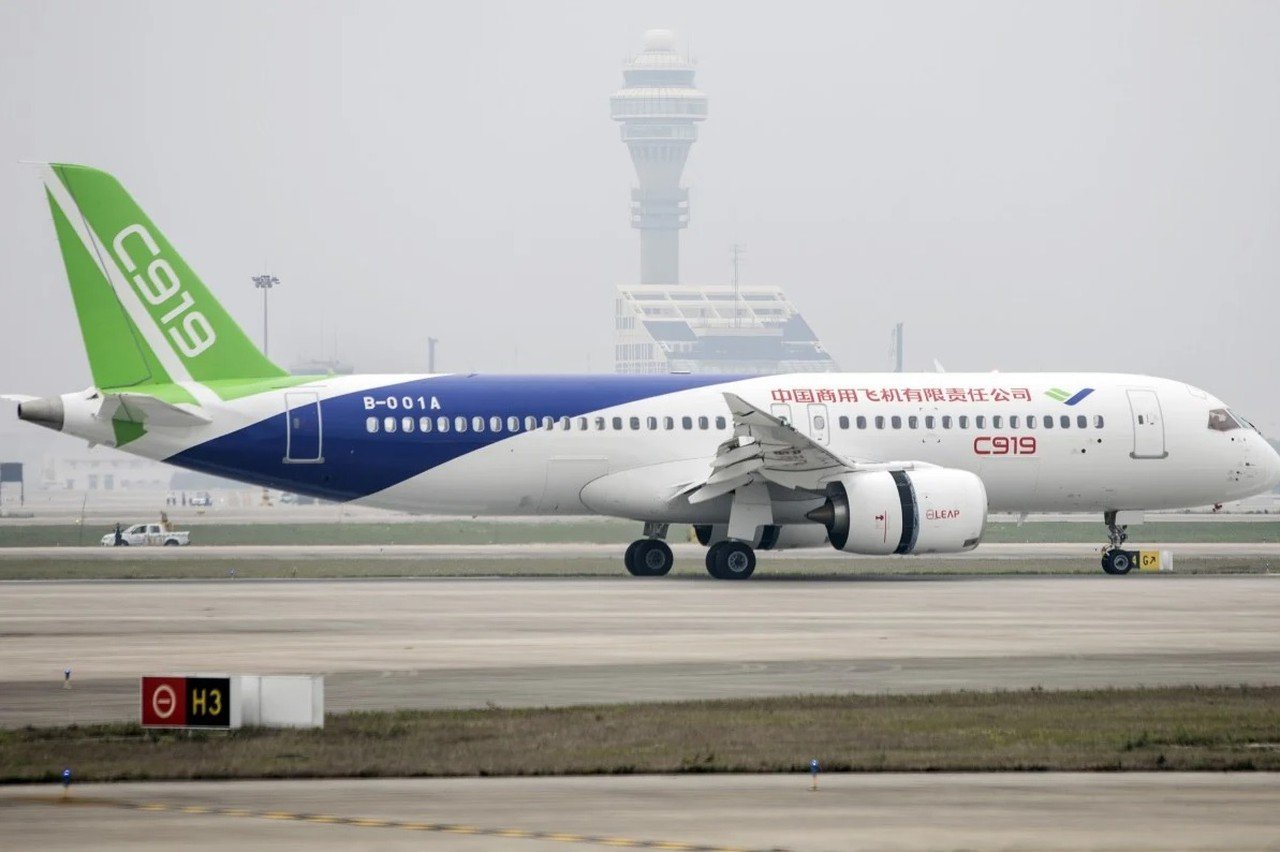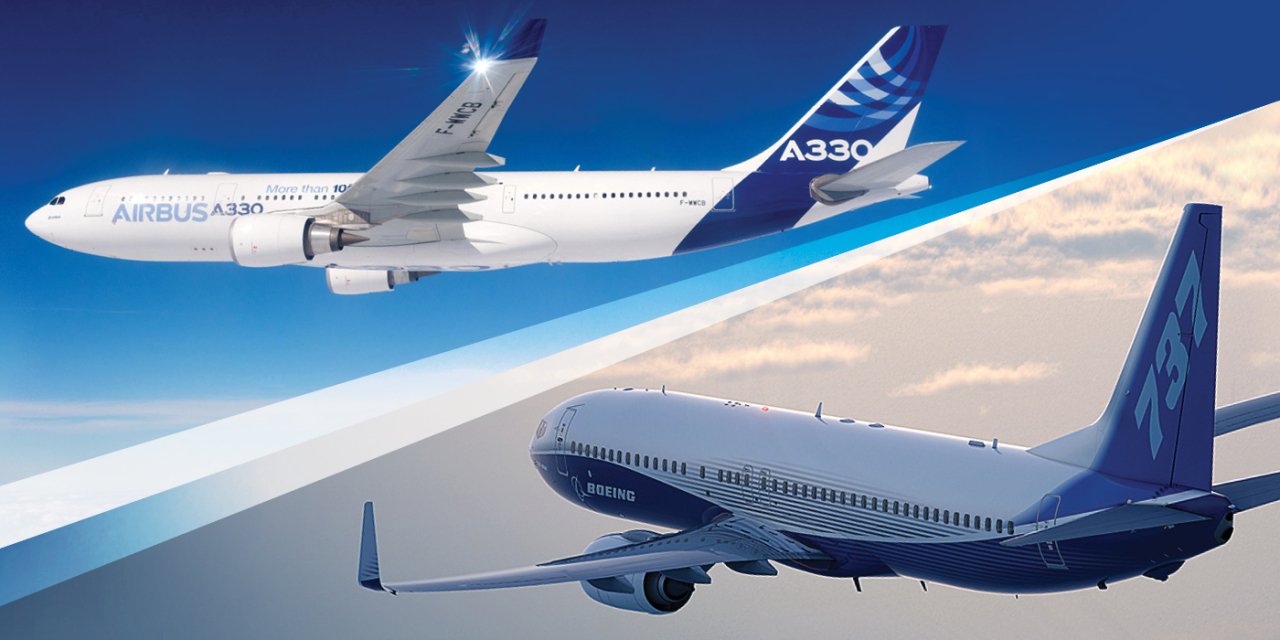Potential competitors of Airbus and Boeing
Specifically, the aircraft line “made in China” is named C919 and has an aisle. In charge of the research and production of this plane is China’s leading aerospace company – Comac, which is backed by the state, so it has strengths in funding and political connections. Specifically, to break the monopoly of Western giants, Beijing has provided Comac with 72 billion USD to promote the production of C919. The introduction of the C919 leaves Europe’s Airbus and America’s Boeing facing a new rival.

Since separating from China’s military aviation sector in 2008, Comac has received nearly 1.000 orders for this type of aircraft, the demand mainly coming from domestic customers. The first transport flight for China Eastern Airlines is expected to take place later this year.
In the past, Airbus and Boeing have competed for market share, as well as government backing. But now, when there is a common threat, they may put aside their conflicts and end the 17 years with WTO war on subsidies, to plan a response to a potential competitor.

Although the C919 is still unable to compete with the latest versions of the Airbus A320 or Boeing 737, the biggest concern for Western corporations is that the number of orders from China will drop sharply when there is an export present of C919.
Boeing predicts that within the next 20 years China will buy a total of 8.600 new aircraft to become the world’s largest aviation market.
Comac’s difficulties
Comac’s arrival comes amid growing trade tensions between the West and China. This is a difficult problem for Comac because the suppliers of the core components for the C919 come mainly from the West. In addition, Comac-related companies are among dozens of Chinese technology groups blacklisted by the US.
In addition, the C919 will face many other immediate problems such as whether Comac has the ability to support the aircraft while in operation and to take off the C919 requires the approval of FAA and EASA. The time required for validation will likely be at least 5-7 years.
Rob Morris, Head of Consulting at Ascend by Cirium, said: “Success in commercial aircraft is not only about the design, manufacture, certification or delivery of an aircraft, but also the ability to anytime, anywhere support for its entire lifecycle operation.”
Meanwhile, Robert Thomson of management consulting firm Roland Berger said that increasing production for the C919 could be very difficult. It took Airbus more than 10 years to reach 30 jets per month for the A320. In addition, they need stable design and supply chain capacity to be guaranteed at all times.
Phan Quyen













